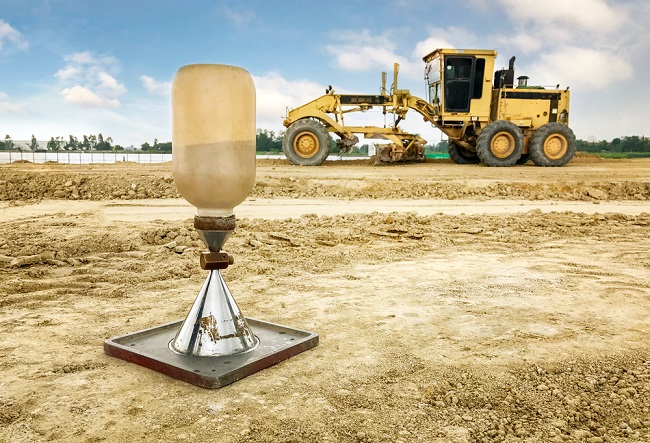Construction projects heavily rely on the stability and quality of the soil on which they are built. Poor soil conditions can lead to structural failures, safety hazards, and costly repairs. To avoid such issues, soil testing is a crucial step in the construction process. This article will delve into the importance of soil testing for construction, the various types of tests involved, the process, and the equipment used. By understanding the significance of soil testing, construction professionals can ensure compliance with safety standards and deliver high-quality projects.
1. Importance of Soil Testing in Construction
Before breaking ground on any construction project, it is crucial to evaluate the soil's properties to ensure stability and safety. Soil testing helps determine the soil's characteristics, such as its composition, density, moisture content, and strength. By understanding these properties, construction professionals can make informed decisions about foundation design, slope stability, and the overall structural integrity of the project.
2. Types of Soil Tests for Construction
Compaction Test
The compaction test measures the soil's ability to withstand applied loads and its relative density. It helps determine the compaction level required for proper foundation support, preventing settlement issues and ensuring long-term stability.
Permeability Test
The permeability test assesses how easily water can flow through the soil. This test is crucial when designing drainage systems or evaluating the potential for groundwater seepage. It helps prevent water-related problems like flooding or soil erosion.
Shear Strength Test
The shear strength test measures the soil's resistance to shear forces. It is essential for assessing slope stability and designing retaining structures. By understanding the shear strength, construction professionals can determine the appropriate measures to prevent collapses or landslides.
Bearing Capacity Test
The bearing capacity test determines the load-bearing capacity of the soil, ensuring that it can support the weight of the planned structure. It helps prevent foundation failures and structural damage due to inadequate soil support.
3. Soil Testing Process for Construction
Site Investigation
The first step in soil testing is conducting a thorough site investigation. This involves studying the geology, topography, and history of the site to identify potential soil issues or risks.
Sample Collection
Once the site investigation is complete, soil samples need to be collected from various locations within the construction area. These samples should be representative of the soil conditions across the site.
Laboratory Testing
The collected soil samples are then sent to a laboratory for testing. Different tests are conducted, depending on the project requirements and the soil's characteristics. These tests provide quantitative data on the soil's properties.
Analysis and Interpretation
After completing the laboratory testing, the test results are analyzed and interpreted. This step involves comparing the obtained values with industry standards and project specifications to assess the soil's suitability for construction.
4. Soil Testing Equipment for Construction
Field Testing Equipment
Field testing equipment is used on-site to gather preliminary data quickly. This equipment includes devices like penetrometers, moisture content meters, and compaction tools. Field tests help construction professionals make immediate decisions and adjustments during the construction process.
Laboratory Testing Equipment
Laboratory testing equipment is used in specialized laboratories to conduct comprehensive tests on soil samples. This equipment includes devices for determining soil classification, density, permeability, and strength. Advanced technology ensures accurate and reliable results.
5. Benefits of Soil Testing in Construction
Soil testing offers several benefits to construction projects. It ensures compliance with safety standards and regulations, reduces the risk of structural failures, minimizes construction delays and costs, and allows for proper design and planning. Additionally, it provides valuable information for foundation design, material selection, and construction techniques.
Conclusion
Soil testing is a critical aspect of construction that should never be overlooked. By conducting thorough soil testing for construction professionals can ensure compliance with safety standards, prevent structural failures, and deliver high-quality projects. The various types of soil tests, the testing process, and the equipment used provide valuable insights into the soil's properties. Investing in soil testing is a wise decision that ultimately contributes to the success and longevity of construction projects.



0 comments:
Post a Comment